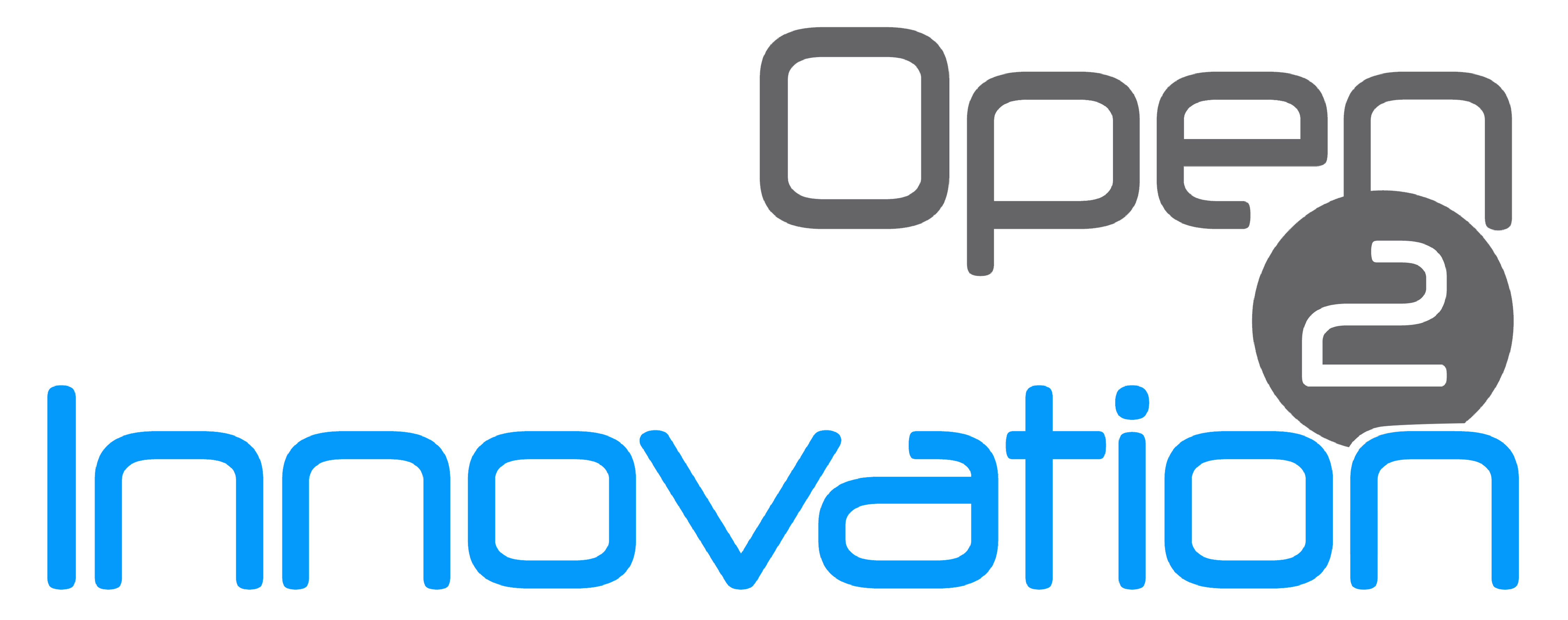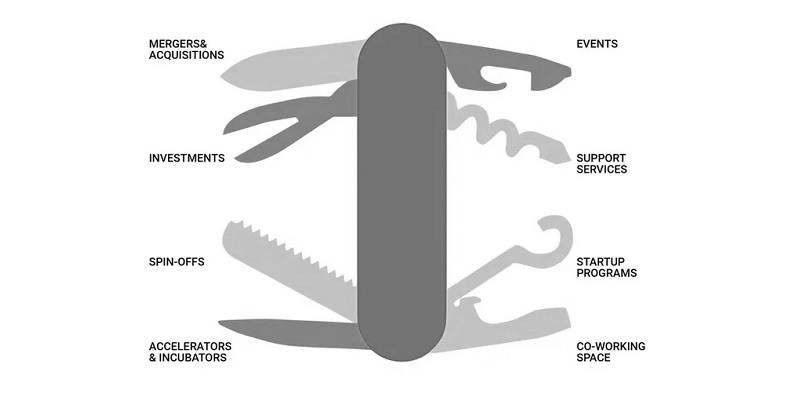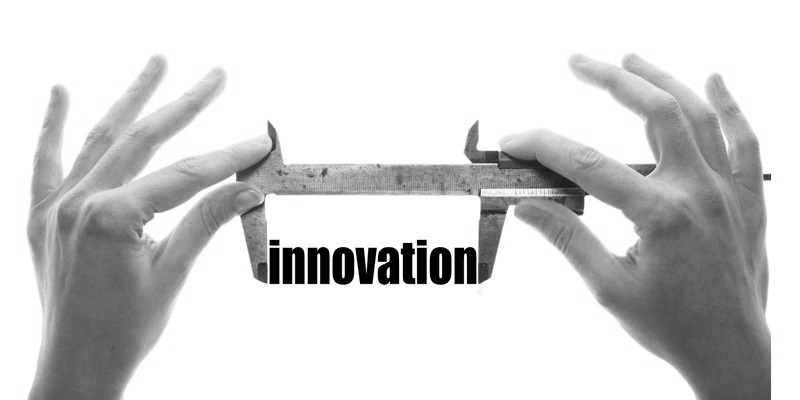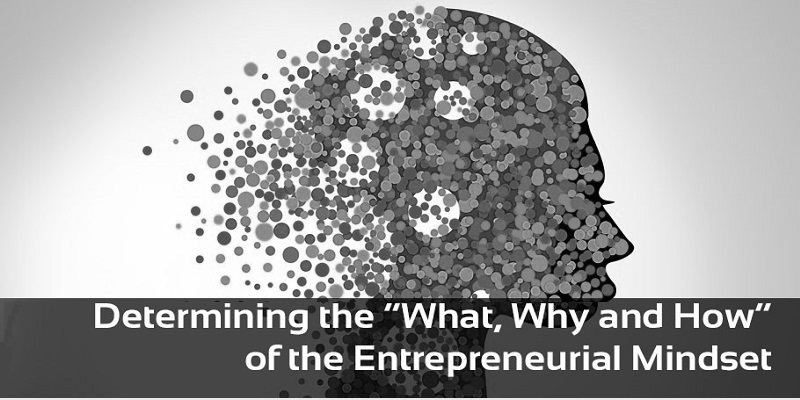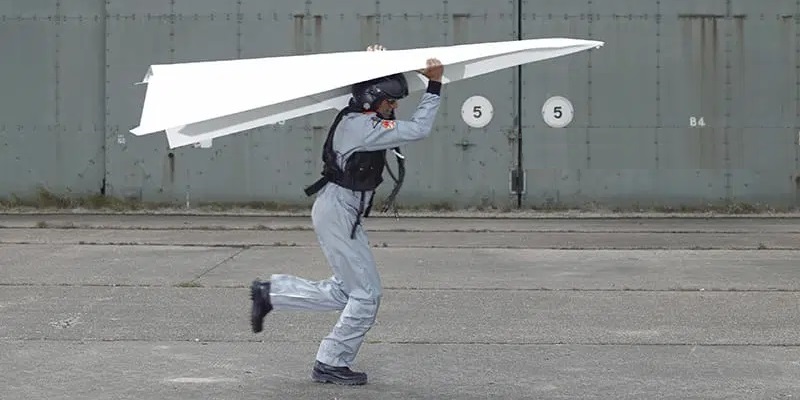Over the years, HBR articles have referenced the Three Horizons as a foundation of innovation strategy.
The Three Horizons allowed senior management to visualize what an ambidextrous organization would look like — the idea that companies and government agencies need to execute existing business models while simultaneously creating new capabilities – and helped to prioritize innovation products and programs. This model is not without its limitations though.
The Three Horizons provided an incredibly useful taxonomy. The model described innovation occurring on three-time horizons:
- Horizon 1 ideas provide continuous innovation to a company’s existing business model and core capabilities in the short-term.
- Horizon 2 ideas extend a company’s existing business model and core capabilities to new customers, markets, or targets.
- Horizon 3 is the creation of new capabilities and new business to take advantage of or respond to disruptive opportunities or to counter disruption.
Each horizon requires different focus, management, tools, and goals. McKinsey suggested that to remain competitive in the long run, a company allocate its research and development dollars and resources across all three horizons.
In the past we assigned relative delivery time to each of the Horizons. For example, some organizations defined Horizon 1 as new features that could be delivered in the short term of three to 12 months, Horizon 2 as business model extensions that will be ready 24 to 36 months out, and Horizon 3 as creating new disruptive products or business models 36 to 72 months out. These time periods are only for guidance and changes based on organization to organization. Some companies are disrupting faster.
In the commercial space Uber took existing technology
(smartphone app, drivers) but built a unique business model (gig economy disrupting taxis). AirBnB, Uber, Lyft, Craigslist, SpaceX, and Tesla are examples of Horizon 3 disruptions using existing technologies and deployed in extremely short periods of time.
These rapid Horizon 3 deliverables emphasize disruption, asymmetry and most importantly speed, over any other characteristic. Serviceability, maintainability, completeness, scale, etc. are all secondary to speed of deployment and asymmetry.
To existing competitors, these new products/services look like minimum viable products — barely finished, iterative, and incremental prototypes. But the new products get out of the building, disrupt incumbents and, once established, they scale. Incumbents now face a new competitor that makes their existing product line, infrastructure, or business model obsolete.
